A dramatic red moon will light up night skies across North and South America this March, ending a two-year wait since the last total lunar eclipse. The moon will slowly darken and then glow red-orange for 65 minutes during the night of March 13-14, 2025.
The moon turns red during the eclipse because Earth blocks direct sunlight from reaching it. Only red-colored light makes it through Earth’s atmosphere to illuminate the moon – the same reason sunsets appear red. This creates what many call a “Blood Moon.”
“They are really dramatic to see,” says Bennett Maruca, an astronomer at the University of Delaware. “It’s worth staying up late for. Totality is amazing.”
The eclipse starts with subtle changes at 11:57 p.m. EDT on March 13. The main red-moon phase, called totality, happens from 2:26 a.m. to 3:31 a.m. EDT on March 14. For different time zones: 1:26-2:31 a.m. CDT, 12:26-1:31 a.m. MDT, and 11:26 p.m.-12:31 a.m. PDT the night before.
Similar Posts
Anyone can watch safely without special equipment. Regular binoculars or small telescopes can show more detail but aren’t required. The best views come from dark areas away from city lights. The event lasts six hours and three minutes, giving plenty of chances to step outside and watch the moon’s transformation.
Researchers are planning to use this event to gather data on Earth’s atmosphere and the moon’s surface. When sunlight passes through our atmosphere during the eclipse, it creates a natural laboratory for studying atmospheric composition and behavior. The event also kicks off a series of three total lunar eclipses, with the next ones coming in September 2025 and March 2026.

A partial solar eclipse follows two weeks later on March 29, 2025, visible from eastern regions of the U.S. and Canada. Unlike lunar eclipses, solar eclipses require special eye protection to view safely.
The March eclipse stands out for its easy viewing, widespread visibility, and scientific value. The extended viewing time means even cloudy skies might clear enough for glimpses of this natural light show. NASA confirms this will be the first chance for North Americans to see a total lunar eclipse since November 2022.
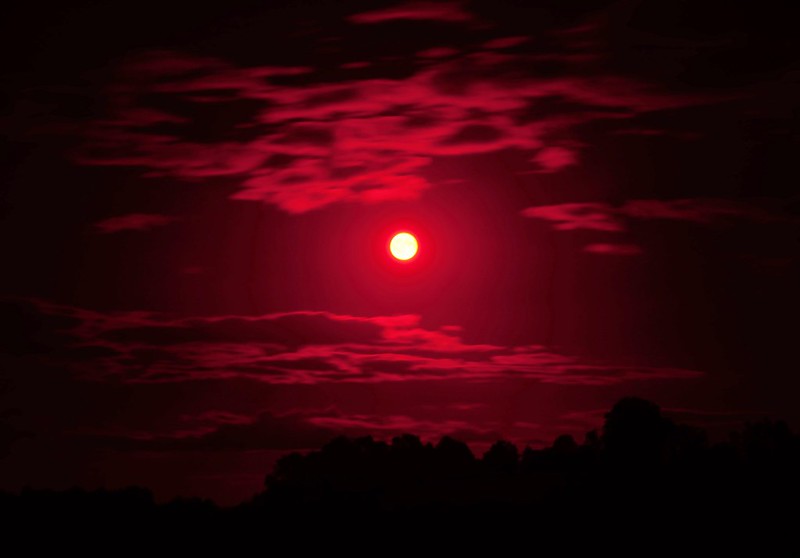


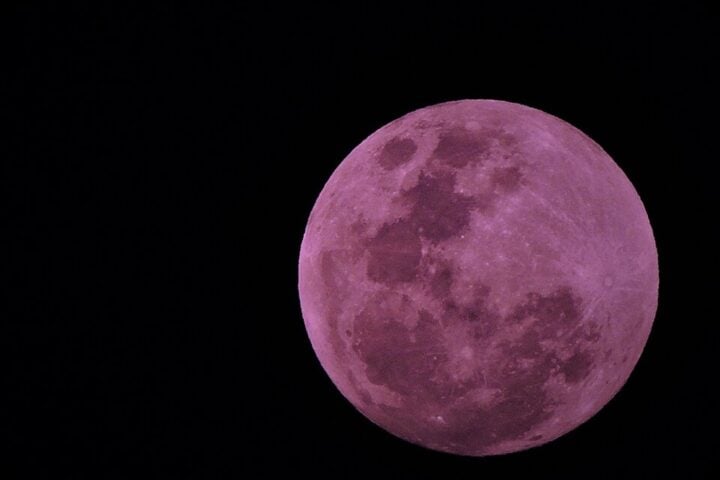
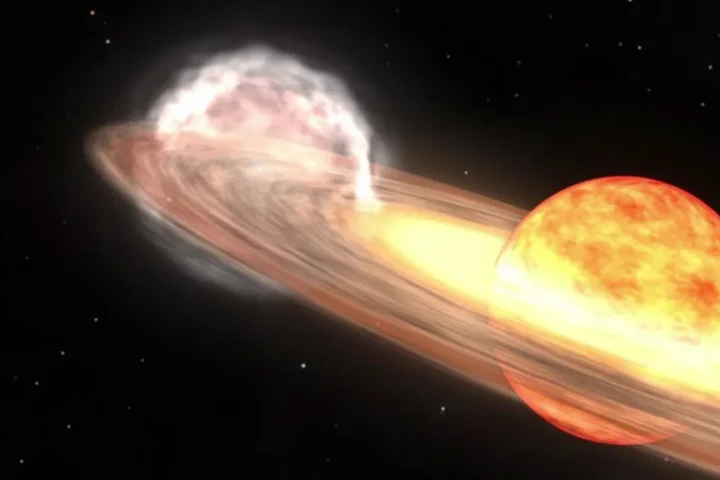
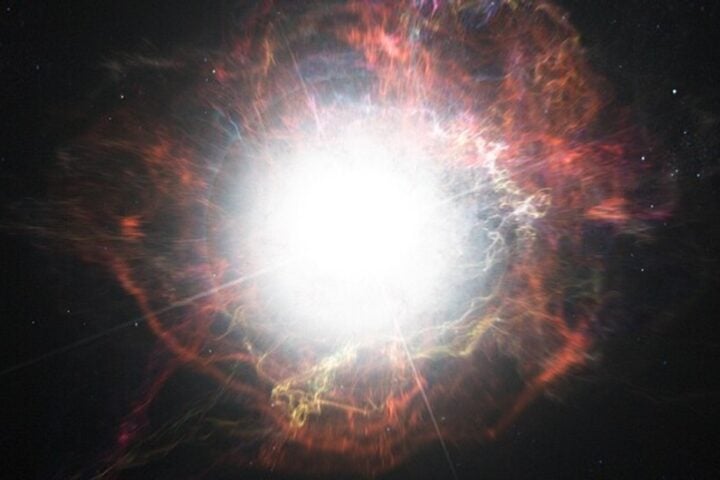
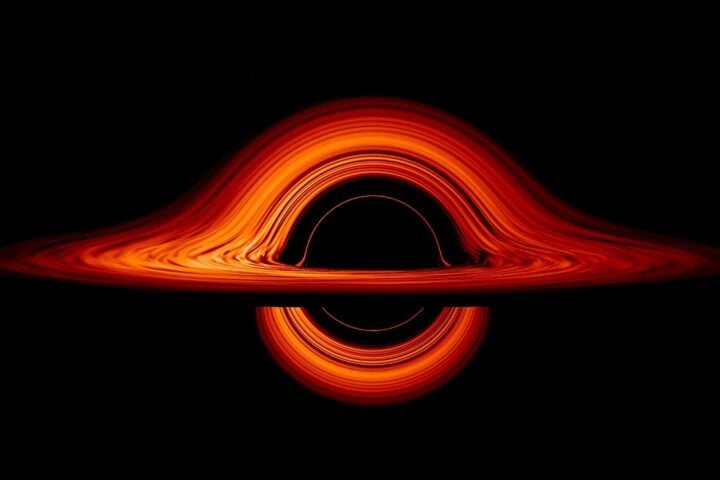

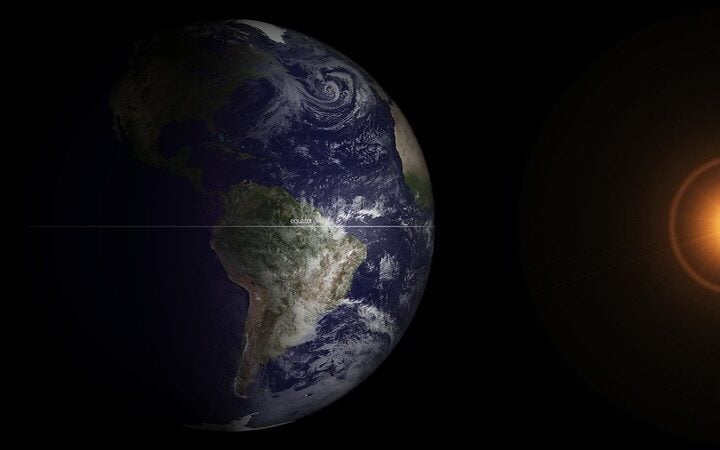

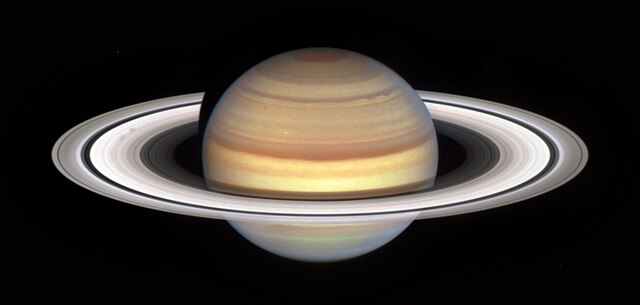
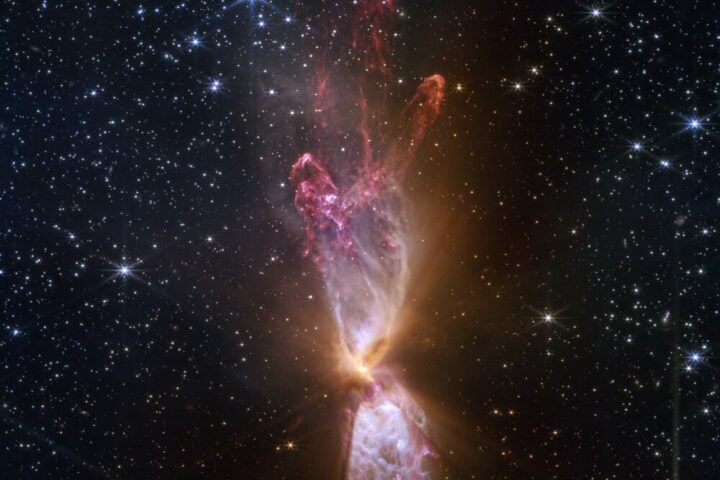
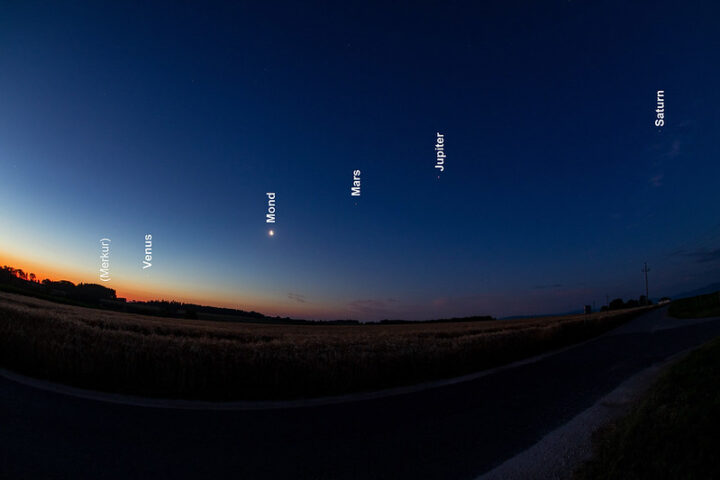
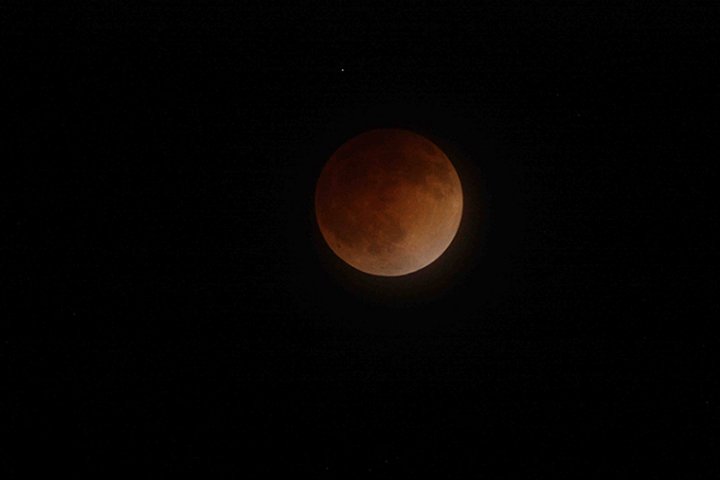

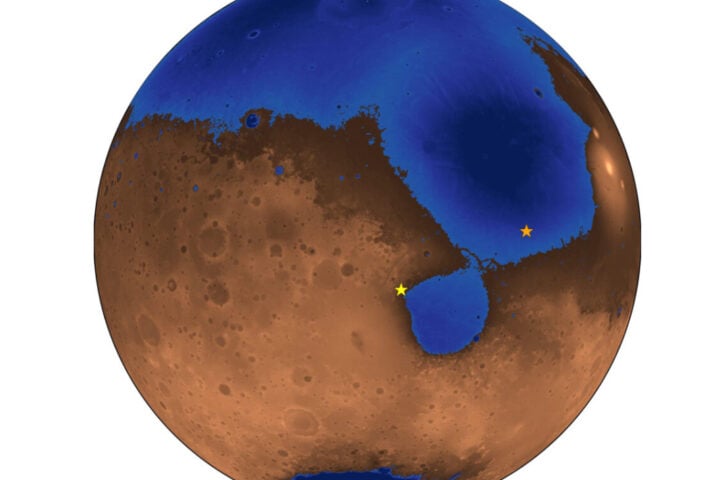
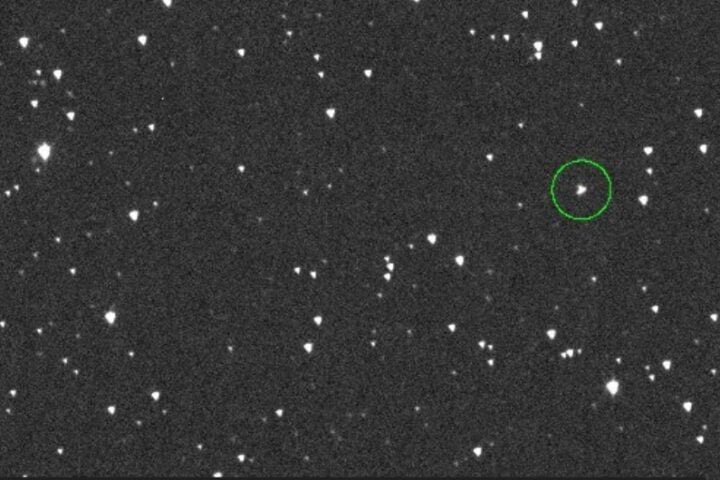
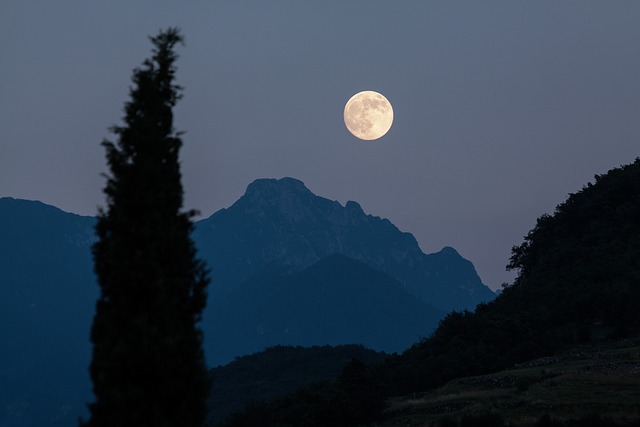
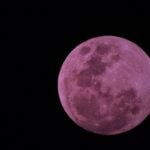
Oh my God .my bd….15th Allah khair o karam